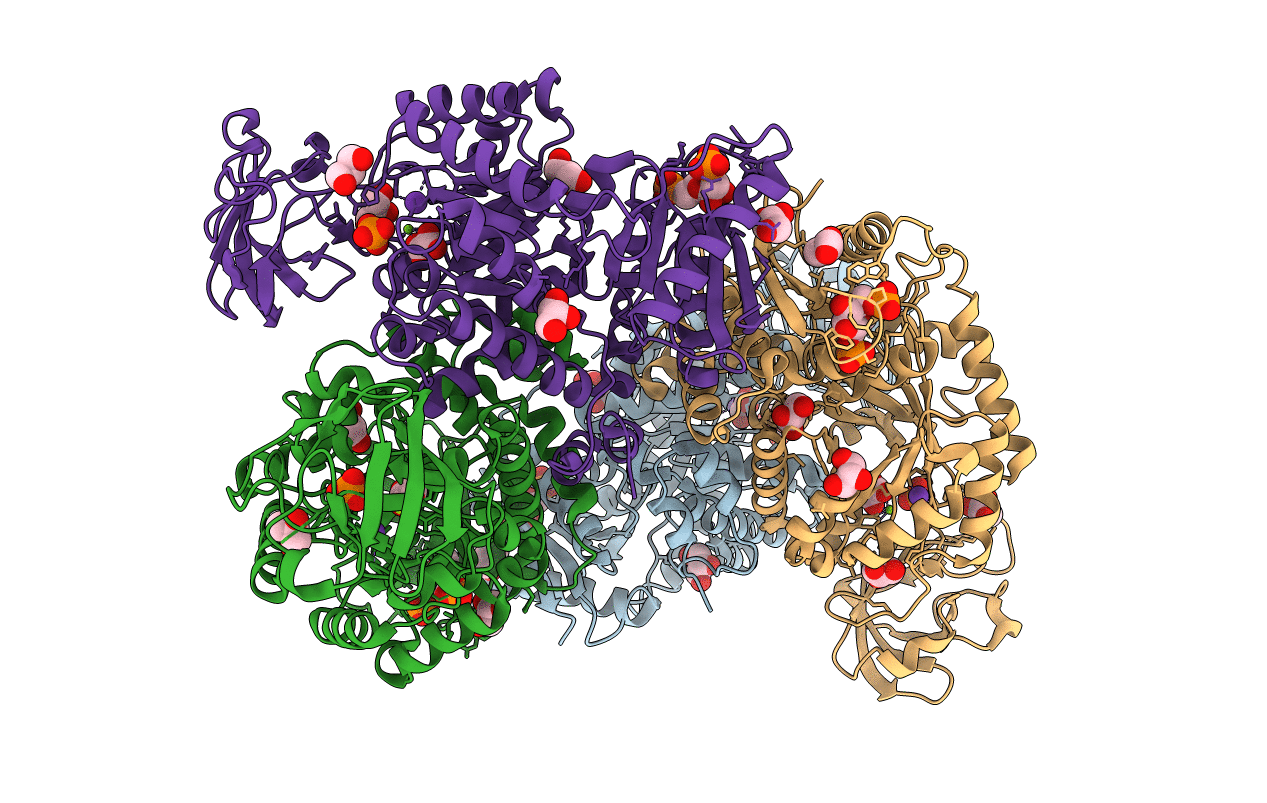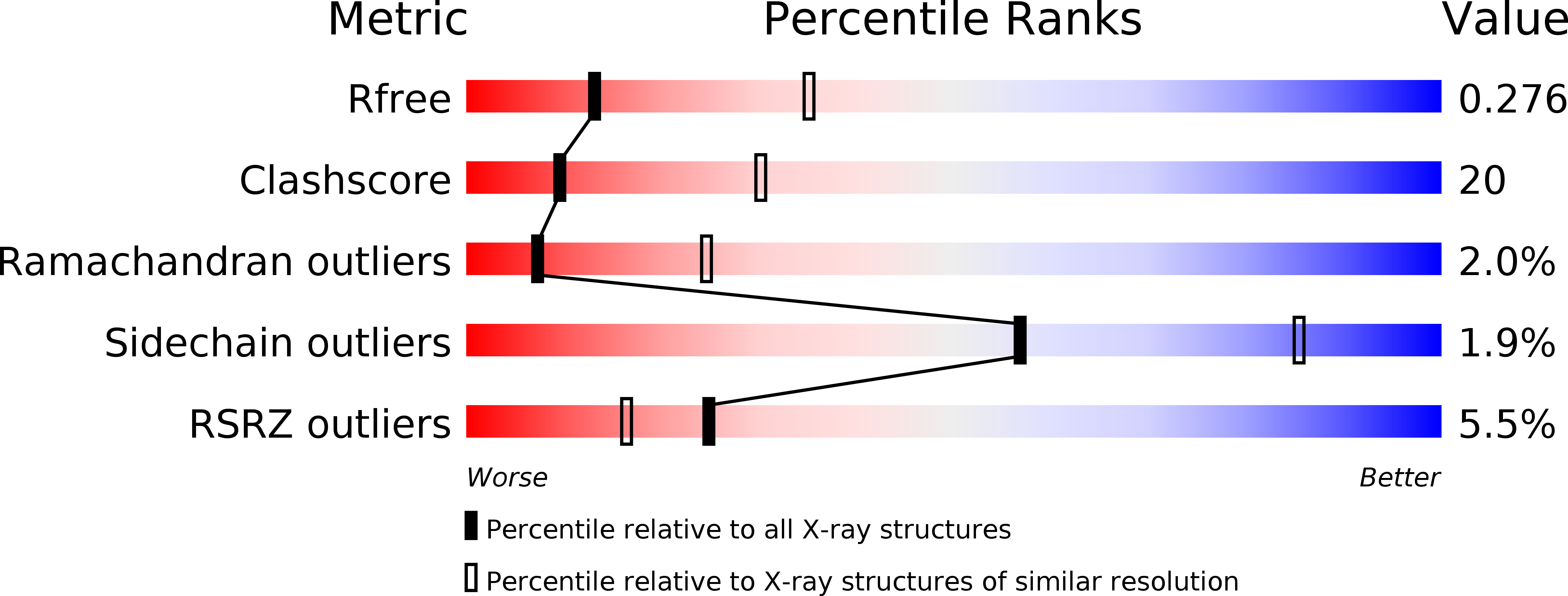
Deposition Date
2004-05-03
Release Date
2005-07-12
Last Version Date
2023-09-20
Method Details:
Experimental Method:
Resolution:
2.80 Å
R-Value Free:
0.27
R-Value Work:
0.23
Space Group:
P 21 21 21


